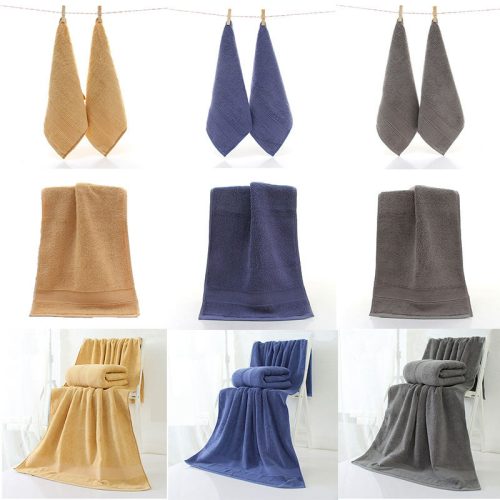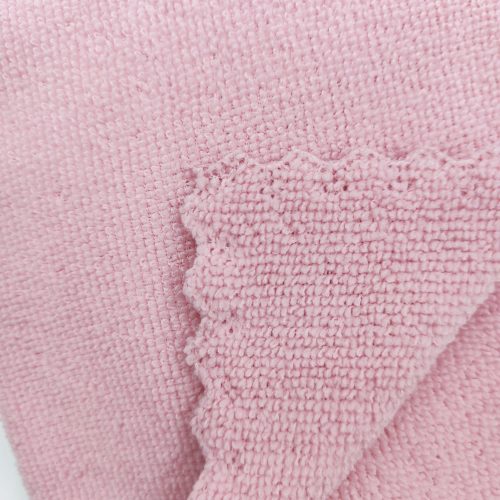As of my last knowledge update in January 2022, advancements in towel technology were centered around improving absorbency through various methods:
- Microfiber Towels: These towels are made from very fine synthetic fibers, typically composed of polyester and polyamide. Their high density and small size enable them to absorb moisture more effectively than traditional towels.
- Nanotechnology: Researchers have been exploring the use of nanotechnology to enhance the absorbency of towels. Nano-coatings and treatments can be applied to the fibers of towels, increasing their surface area and altering their structure at a microscopic level to improve water absorption.
- Hydrophilic and Quick-Drying Fabrics: Towels made from hydrophilic materials are designed to attract water, pulling it away from the skin more efficiently. Additionally, quick-drying fabrics prevent bacterial growth and unpleasant odors by drying faster after use.
- Advanced Fabric Weaving Techniques: Innovations in weaving techniques can create towels with improved absorbency. Specialized weaves and patterns can optimize the towel’s ability to absorb moisture quickly.
- Improved Fiber Blends: Experimentation with various blends of natural and synthetic fibers aims to create towels that balance softness, durability, and enhanced absorbency.
- Enhanced Finishing Processes: Manufacturers use advanced finishing techniques, such as post-treatment processes, to modify the surface of the fabric, making it more absorbent without compromising softness or comfort.
However, please note that specific advancements or breakthroughs may have occurred since then, as research and development in materials science and textiles continue to progress. For the most current information on recent developments in towel technology, I recommend checking the latest publications, scientific journals, or industry reports post-2022.


